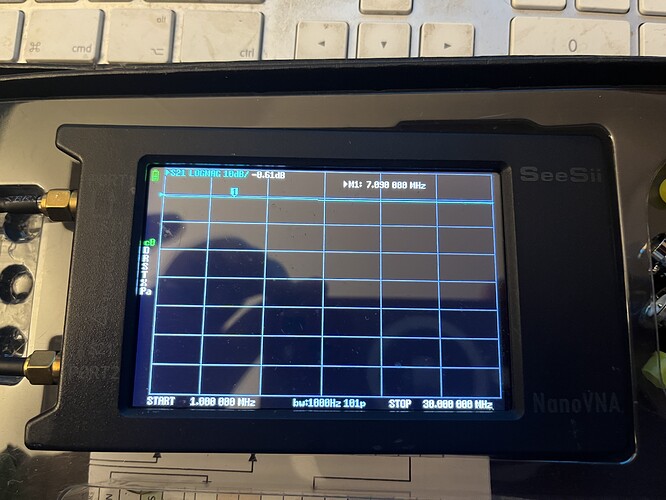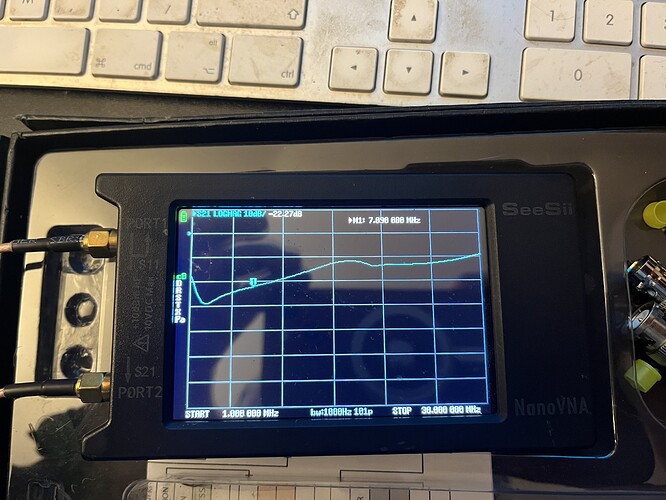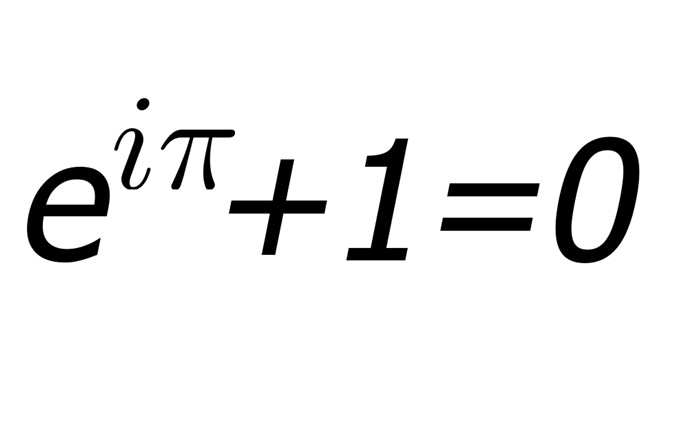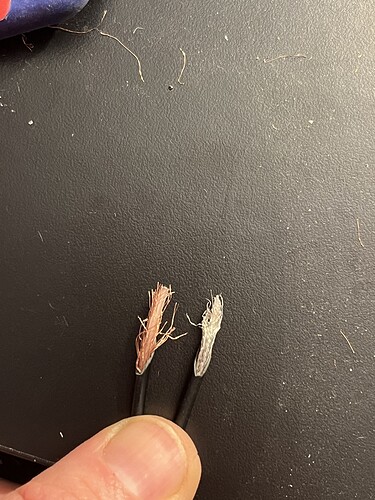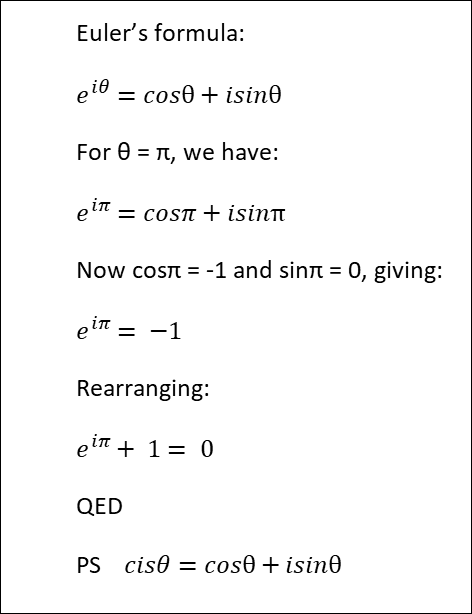In recent years, many hams have bought a budget Vector Network Analyser (VNA). From the outset, this can readily be used as a (portable) VSWR meter for checking antennas.
Q: “How many people use their VNA for anything more than this?”
A: “Listening on the bands, browsing reflectors and using other anecdotal sources, not many.”
If a VNA is used solely a 21st-century VSWR bridge, then perhaps my 40-year old OskerBlock (see eHam etc) still has a role to play. It can check VSWR in an instant - no SOL calibration required - and monitors proceedings throughout the QSO; though you wouldn’t want to be lugging it up to a SOTA summit. But presumably most SOTA antenna trimming is done in the back garden or local park?
A little maths:
Q1: If x^2 = 4, what is the value of x? (x^2 means x squared)
Almost everyone shouts 2 which is correct, but -2 (MINUS 2) is equally valid.
Q2: If x^2 = -4 (MINUS 4), what is the value of x?
More of a pause? My dentist, who has a good scientific education and a Uni degree, didn’t know. Inflicting pain can be a 2-way street ![]()
The answer is: x = +2j OR x = -2j where j is the SQUARE ROOT of -1 (MINUS 1).
For many, this should be familiar ground. For others, it may be something of a shock.
A number of the form: A + Bj is known as a COMPLEX number. A and B themselves are REAL numbers: 1.372, -50.64 etc.
In the UK, for 16/17 year old students, only the English FURTHER MATHS A-level syllabus appears to cover COMPLEX numbers. Otherwise you are likely to need Wikipedia, or year 1 of a Maths/Physics/Engineering Uni degree course.
The ARRL Handbook has a useful, but brief, summary of COMPLEX numbers. There’s no explanation I can find in any of my RSGB publications, but the search has not been exhaustive.
Checking your new dipole for resonance on 14060kHz, the VNA may tell you it has an impedance of say 45.6 + 18.6j. The ‘+18.6j’ part represents an INDUCTIVE reactance; the antenna is too long, and you need to trim a bit off.
If the impedance was say 48.3 - 15.9j, the ‘-15.9j’ part represents a CAPACITIVE reactance; the antenna is a bit too short, you need to ‘unfold’ some of the wire you folded back at the ends of the antenna. The less-experienced have a small soldering job.
Hopefully, for almost everyone, I am ‘teaching my grandmother to suck eggs’. Not sure of all the international equivalents for this English expression, it means: ‘telling someone in detail about something they already know well’.
Understanding COMPLEX numbers shines light on the myriad uses of your VNA, and can provide many ‘… now I understand’ moments in ham radio and electronics.
73
Dave GM4EVS
